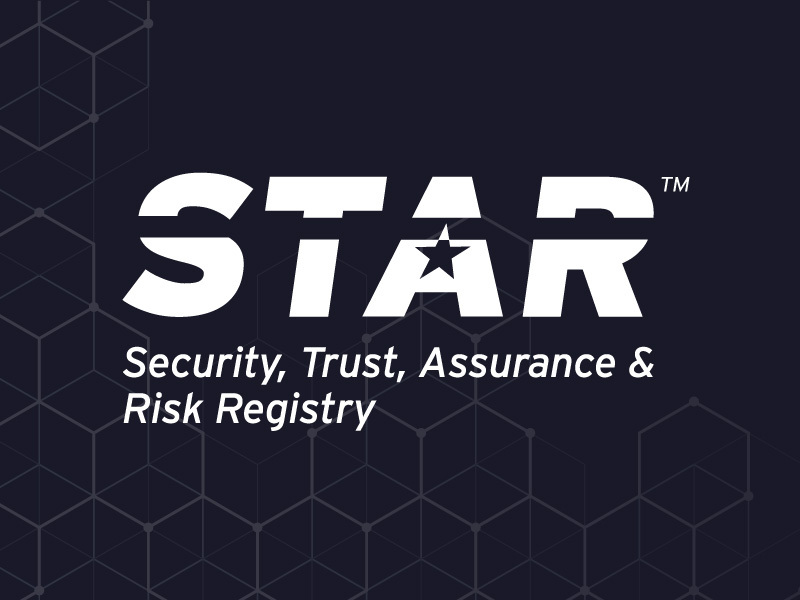5 Ways Compliance Technology Improves Audit Processes
Blog Article Published: 02/24/2023
Originally published by A-LIGN.
Compliance is alluring to clients, as they are often drawn to organizations that show a dedication to established security frameworks. However, the process of becoming (and remaining) compliant can be time-consuming and expensive. With limited resources restricting how much they can accomplish more organizations have started to adopt compliance technology in order to alleviate some of the pressure they are feeling.
There are five areas where compliance technology can make processes easier. A good piece of compliance technology should be able to:
- Simplify readiness assessments
- Centralize evidence collection
- Create an all-in-one compliance certification program
- Deduplicate audits and evidence collection
- Provide continuous monitoring
Let’s take a more in-depth look at some of the benefits compliance technology can provide.
1. Simplify Readiness Assessments
Readiness assessments are like dress rehearsals of an official audit. During this time, organizations can discover and rectify gaps in their current practices ahead of their formal audit. Organizations can use readiness assessments to save time and money, as it acts as a dry run of the actual audit.
However, preparing for readiness assessments can be time-consuming as organizations have to ensure the required documentation, such as information on internal frameworks and controls, has been properly recorded.
Compliance technology can help an organization significantly reduce the time spent preparing for and completing an audit by pulling all of the required documentation together. The technology can also show an organization exactly where areas of concern are, providing the organization with an opportunity to consult with an experienced staff auditor before undergoing a formal audit.
2. Centralize Evidence Collection
Whether you are undergoing an assessment or completing a compliance audit, you will have to collect and submit evidence to the auditor. Evidence is used to ensure your controls are operating appropriately during the auditing period.
The evidence collection process can feel tedious, depending on how much evidence is required. Using compliance technology for evidence collection is quite common, as it can pull all required information together for a third-party auditor. This saves time and money for the organization, as they can provide the auditor with all of the documentation needed for a third-party review at once.
Our 2022 Compliance Benchmark Survey revealed that 53% of survey respondents use compliance automation software to collect evidence required for an audit. As audit software continues to grow in popularity, we expect this number to increase in coming years.
3. Deduplicate Audits and Evidence Collection
Deduplication is the process of eliminating duplicate information. Redundancy is common when organizations undergo multiple assessments at the same time, as they may find themselves uploading the same data files multiple times.
Compliance technology can automate deduplication. When an organization uploads a piece of information into the software system, the software will then find the other areas where that information is required and upload it there as well.
This can save time during the audit process. For example, if you upload your information security policy during the readiness assessment portion of a SOC 2 audit, an auditor may determine this policy can also be used as evidence during the actual audit. Because the auditor already has access to the policy, the organization can forgo the process of uploading the same material later on during the audit process.
4. Provide Continuous Monitoring
Becoming compliant isn’t a one-time effort — it’s a continuous journey. Many compliance standards require organizations to continuously monitor and evaluate their controls to maintain authorization.
Continuous monitoring focuses on system hardening procedures. Organizations use compliance technology to set their controls, and the software will track the configurations to ensure nothing drifts out of its compliance state. Should a noticeable change occur, the technology will flag the area of concern so the organization can further investigate.
5. Create a Dashboard to Track Audit Completion
Having the ability to simplify audit processes is great, but a tool that keeps track of all of your certifications could also prove worthwhile.
Not only can compliance technology help you create a customized dashboard showing your current certifications, but it can also use the evidence you’ve already uploaded to evaluate how close your organization is to achieving other relevant certifications.
Repurposing your existing evidence and applying it to other certifications will save your organization time and resources when you choose to complete additional audits, ultimately creating a more comprehensive compliance program.
Related Articles:
How to Set Your Small Privacy Team Up for Success
Published: 04/17/2024
How to Audit Your Outdated Security Processes
Published: 04/16/2024
Cloud Relationships: Getting to Grips With the ‘Vendor of My Vendor’
Published: 04/15/2024
Evaluate the Security of Your Cloud Service Provider with the CSA STAR Registry
Published: 04/13/2024






